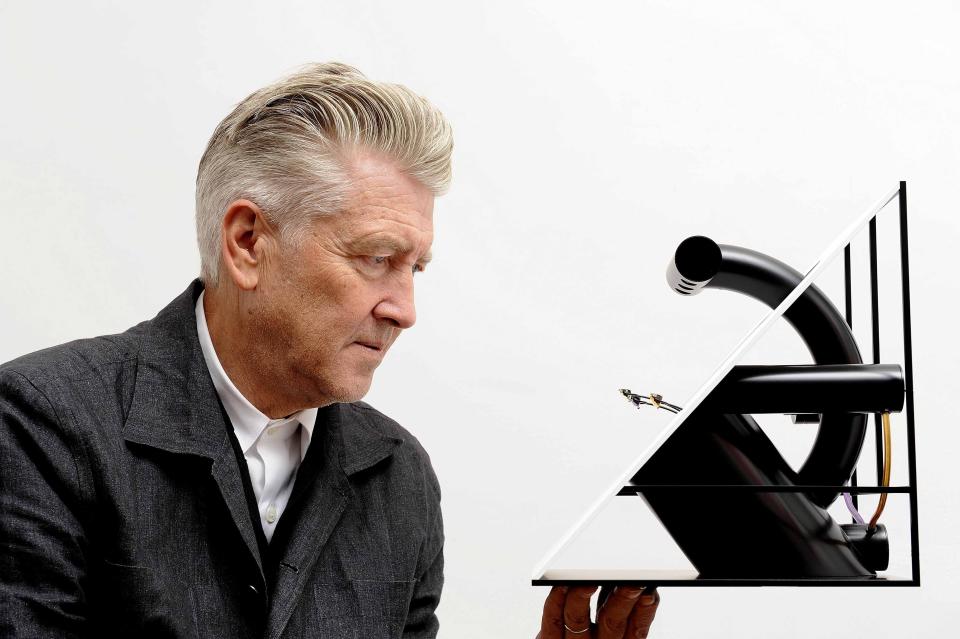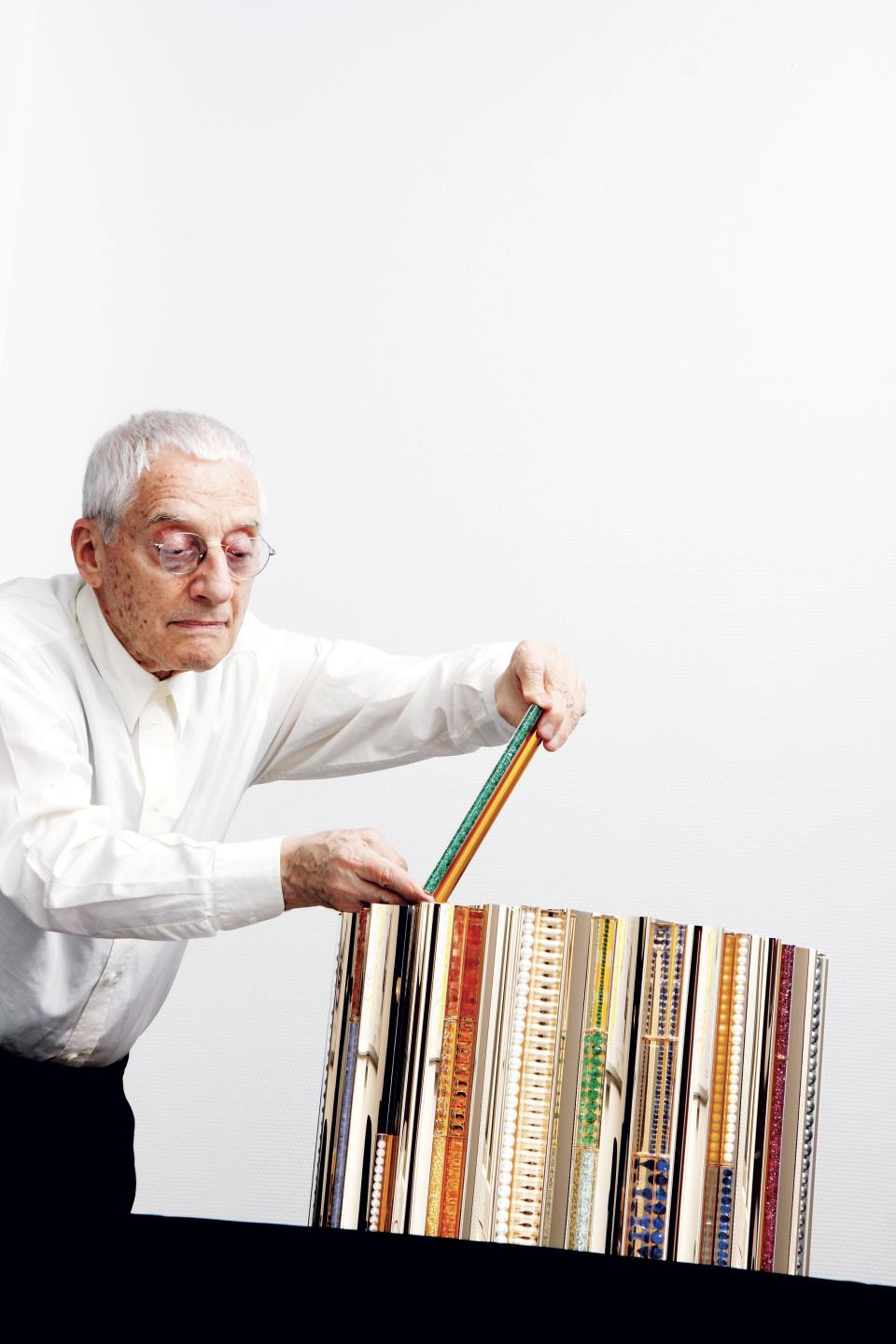Transforming jewels into art: Cartier discusses the process behind its innovative concept
Cartier, Jeweler of the Arts, the latest expo from Cartier's art museum the Fondation Cartier, begins April 3 in Paris, and will bring together four artworks commissioned by the luxury jewelry house and made by artists including David Lynch and Takeshi Kitano using precious and semi-precious stones no longer deemed suitable for the brand's jewelry. Here, Cartier Europe's managing director Cyrille Vigneron reveals the personalities behind the works and offers insight into the maison's close relationship with the contemporary art world.
Relaxnews: The four artworks were made by American director David Lynch, Japanese filmmaker Takeshi Kitano, Italian architect Alessandro Mendini, and Brazilian artist Beatriz Milhazes. Why did the selected artists particularly appeal to Cartier?
Cyrille Vigneron: We chose four artists from different continents, different origins, male and female, different sensitivities. Most important was that they have a great imagination or that they work with colors. Even if they had never previously worked with mineral elements, this was a carte blanche opportunity for them.
RN: Takeshi Kitano made an artist's suitcase (Nécessaire Gosse de peintre), David Lynch a lamp (Jeweled Triangle), Mendini an "endless column" (The Cartier Column) and Beatriz Milhazes a decorated mobile (Aquarium). Were you surprised by how different the pieces were?
CV: The results were entirely specific for each unique artist. For example, one was very mysterious, another one energetic. The lamp is so much like David; it brings us into his interior world, so complex, so weird, so really him. The Cartier Column is so much like Mendini, such a charming and positive person. Takeshi Kitano's artist's suitcase was so nostalgic, taking him to a past where imagination was free. We suggested putting stones on the palette but he said that this would be too sophisticated; he wanted a nostalgic piece showing nostalgia for a child's fresh vision.
RN: The pieces were commissioned at different times but what made Cartier decide to bring them all together now? What will happen to them in the future?
CV: Each project took some time, the artists worked at their own speed. Some took nine months, others a year and half. We initially showed each of them at different occasions but they have never been shown all together in France before now. The art pieces belong to Cartier, and [in the future] will be shown, like treasures are: occasionally. In special occasions.
RN: Rather than turning them into art, would there be any other ways you would consider repurposing discarded stones?
CV: Yes. For example, for objets of decoration, we have thought about that. But we had the opportunity to do something different...why not use this occasion to create something totally new? Also, with this would come innovation, challenging us in ways that we would not regularly contemplate.
RN: What can contemporary art teach the world of luxury and vice versa?
CV: We thought, 'How can Cartier serve artists? How can we bring our knowhow as craftsmen?' We should make something that can't be worn or sold, just to see what beauty can come out of it. We gave artists a free card, they came out with amazing things, thinking outside the box and this is a source of inspiration too.
RN: Discussing the Fondation Cartier more generally, what makes a luxury house decide to team up with contemporary artists?
CV: The artists can see what others don't see in terms of trends, arts, design, all forms of expression. They see a different way to represent the world and the foundation doesn't think about what Cartier is doing -- it just thinks about the art world. The Fondation won't become a design studio for Cartier products. Some other brands are doing that, calling artists or designers and saying 'sign our products' or making something that is co-branded. I won't say who but you can easily see. It becomes a hybrid which has some value but it changes the orientation and perception. A brand should be true to its own creative past, its own patrimony, and the designer should serve that as a purpose. When it comes to a designer working for himself it's something different.
RN: Since its launch in 1984, the Fondation Cartier has presented work from contemporary artists ranging from Vija Celmins to Guillermo Kuitca, as well as exploring the world of graffiti in 2009 with the 'Né dans la rue exhibition.' For such a historical brand, do you consider it important to select edgier artists?
CV: Even if Cartier is classic it doesn't mean it's conservative. We look for someone with an original tone, a voice, a message -- whether recognized or not yet. Thinking also about graffiti, art born in the street... this can create a debate, is it freedom or pollution? The Fondation opens a window to the world and tells it what the artists see, how it's moving.
Cartier, Jeweler of the Arts exhibition will run April 3-21. Reservation with the Visitor's Department is necessary. For more information visit www.fondation.cartier.com/cartier



